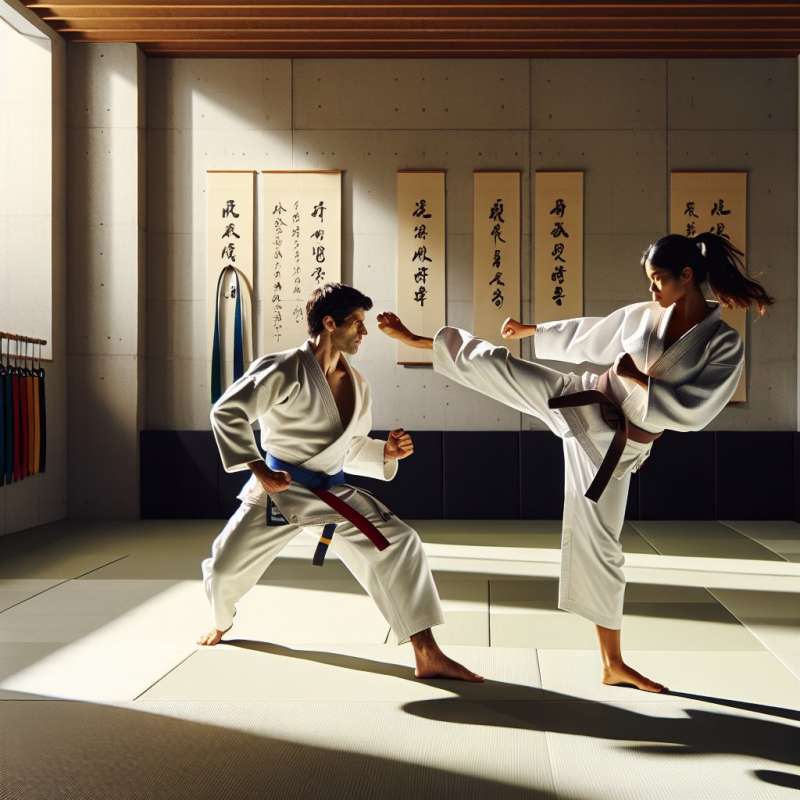
Cross-Training: Overview
Cross-training in martial arts means practicing multiple styles. It enhances versatility, improves adaptability, and can prevent overtraining injuries by varying physical demands.
Historical Cross-Training
Historically, martial artists often cross-trained discreetly. Samurai, for instance, practiced jujutsu and kenjutsu for grappling and swordsmanship, respectively, to be well-rounded warriors.
MMA's Cross-Training Roots
Modern Mixed Martial Arts (MMA) originated from cross-training. Bruce Lee's Jeet Kune Do philosophy, combining Wing Chun, fencing, and boxing, is a notable early example.
Neurological Benefits
Cross-training in martial arts can enhance neurological adaptability. Learning multiple styles requires the brain to process diverse movements, improving neural plasticity and reaction times.
Injury Prevention
Practicing different martial arts spreads physical stress across various body parts, reducing the risk of repetitive strain injuries common in athletes specializing in one discipline.
Strategic Advantage
Understanding multiple martial arts styles provides strategic advantages. Fighters can anticipate and counter diverse techniques and exploit weaknesses across disciplines.
Cultural Enrichment
Each martial art carries its own culture and philosophy. Cross-training exposes practitioners to a broader spectrum of martial ethics and historical perspectives, enriching their understanding beyond physical techniques.
What does martial arts cross-training enhance?
Specialization in a single style
Versatility and adaptability
Risk of overtraining injuries
Company